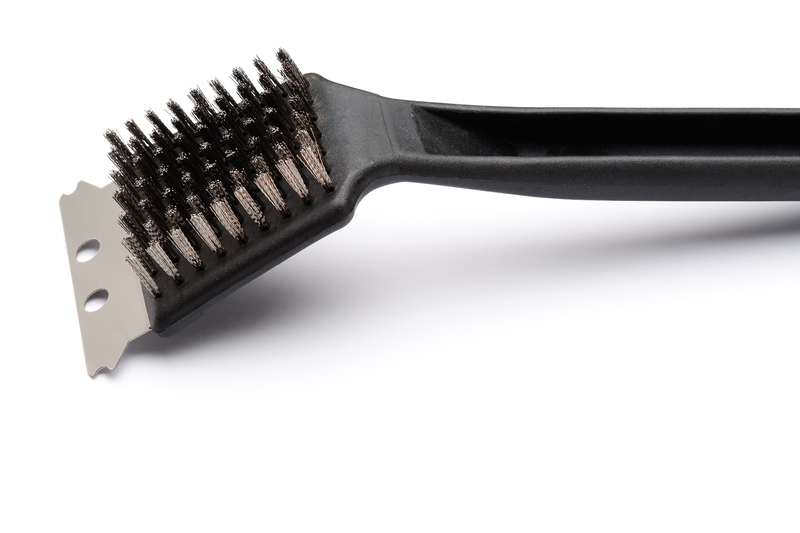Home Germ Levels Reduced: A Comprehensive Guide to a Healthier Living Space
Keeping your home clean is not just about maintaining its aesthetic appeal but also about ensuring a healthy living environment. In today's world, reducing home germ levels has become a priority for many families. This article delves into effective methods, tips, pros, and cons to help you achieve a germ-free home.
The Importance of Reducing Germ Levels at Home
Germs, including bacteria, viruses, and fungi, can cause various illnesses ranging from common colds to serious infections. Reducing germ levels is crucial to safeguard the health of your loved ones, especially in households with children, elderly members, or individuals with compromised immune systems.

Effective Methods to Reduce Home Germ Levels
Regular Cleaning and Disinfection
Cleaning involves removing dirt and impurities from surfaces, while disinfection kills germs on those surfaces. Focus on high-touch areas such as doorknobs, light switches, and countertops. Use EPA-approved disinfectants to ensure efficacy.
Hand Hygiene
Proper handwashing is one of the simplest yet most effective ways to reduce the spread of germs. Encourage family members to wash their hands for at least 20 seconds with soap and water, especially before eating and after using the restroom.
Air Quality Control
Indoor air can harbor airborne germs. Use air purifiers with HEPA filters to capture airborne particles. Ensure good ventilation by opening windows or using exhaust fans to reduce germ concentration.
Laundry Hygiene
Wash bedding, towels, and clothing regularly in hot water to kill germs. Avoid overloading the washer to ensure that all items are thoroughly cleaned and rinsed.
Pet Hygiene
If you have pets, ensure they are regularly bathed and their living areas are kept clean. Pets can carry germs on their fur and paws, which can be easily transferred to humans.
Tips for Maintaining a Germ-Free Home
- Use microfiber cloths for cleaning as they effectively capture germs.
- Avoid sharing personal items such as towels and toothbrushes.
- Regularly clean and disinfect electronic devices like phones, tablets, and remote controls.
- Implement a no-shoes policy inside the house to prevent bringing in outdoor germs.
- Regularly replace or clean sponges and dishcloths to prevent germ buildup.
Pros and Cons of Reducing Home Germ Levels
Pros
- Improved overall health for household members.
- Reduced risk of infections and illnesses.
- A cleaner, more pleasant living environment.
- Increased peace of mind knowing your home is safe.
Cons
- Time and effort required for regular cleaning and disinfection.
- Potential exposure to harsh cleaning chemicals.
- Cost of cleaning supplies and equipment.
- The need for constant diligence to maintain low germ levels.

Takeaways
- Maintaining a germ-free home requires consistent effort and the right cleaning methods.
- Hand hygiene and proper disinfection of high-touch areas are critical components.
- Adopting air quality control measures can significantly reduce airborne germs.
- Balancing the benefits of a germ-free home with the potential drawbacks is essential for a healthy living environment.
Conclusion
Reducing germ levels in your home is a multifaceted approach that involves regular cleaning, proper disinfection, air quality control, and good personal hygiene practices. While this effort requires time, patience, and some investment, the health benefits for you and your family make it worthwhile. By following the tips and methods outlined in this article, you can create a healthier, safer home environment.
In conclusion, the key to a germ-free home is consistency and attention to detail. Implement the strategies discussed, weigh the pros and cons, and enjoy the peace of mind that comes with knowing your home is as germ-free as possible.



